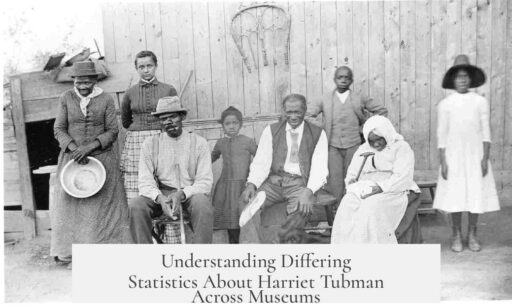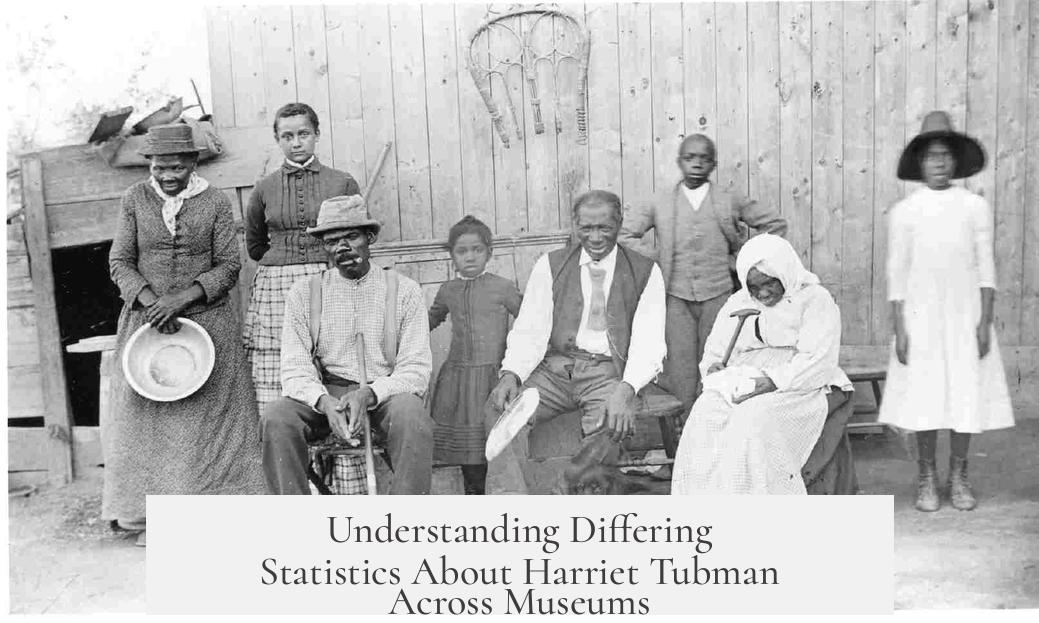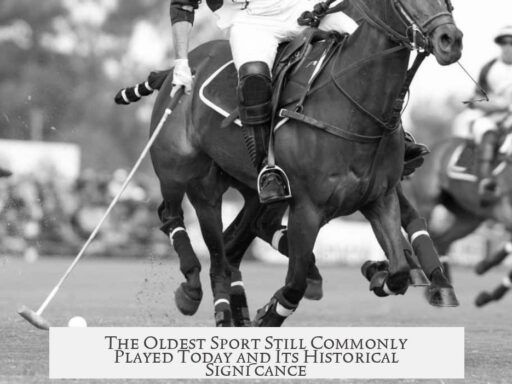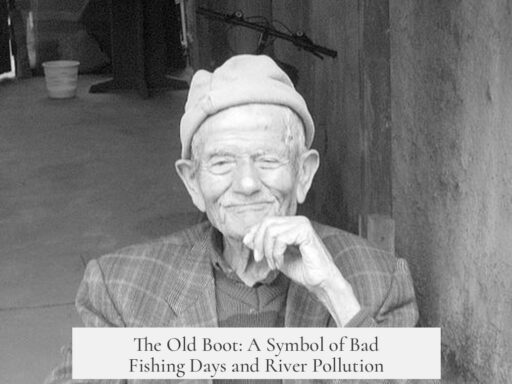You find differing statistics about Harriet Tubman in multiple museums because historians and curators face challenges when interpreting incomplete, conflicting, or evolving historical records. Museums choose different sources, narratives, and interpretative approaches that influence the facts presented. This results in variations in reported numbers regarding Tubman’s rescue missions and the people she helped.
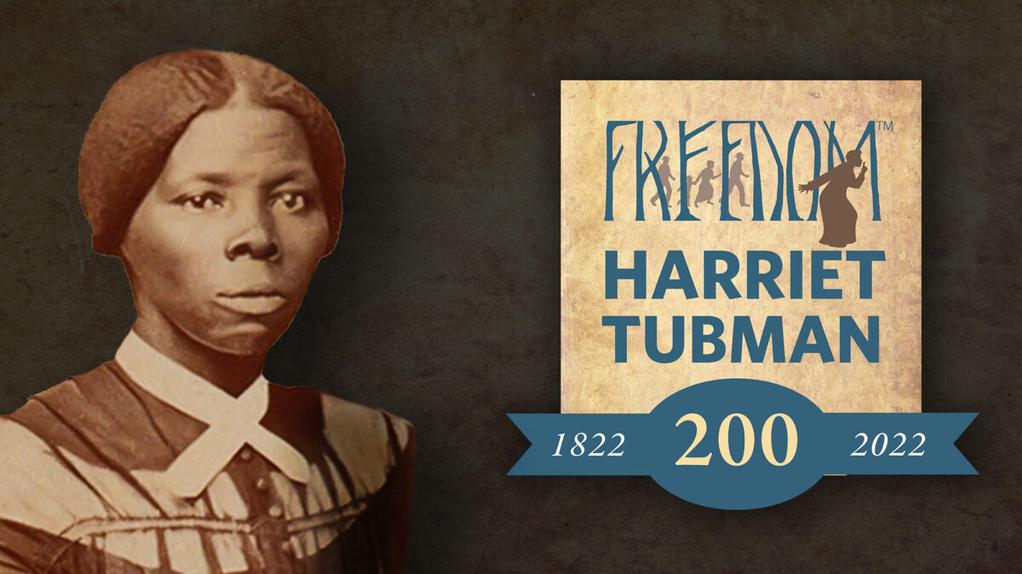
Harriet Tubman’s legacy is based largely on oral histories, personal recollections, and some primary documents. Records were scarce because her rescue activities were illegal and secretive. Curators must decide which sources to trust and how to present them to the public.
One key factor is source selection and narrative construction. Museums often confront multiple sources that disagree. For example, some older materials or biographers have claimed Tubman made more trips or rescued more people than newer research supports. Curators weigh factors like the recency of scholarship, number of scholars supporting a claim, and the clarity of evidence.

For example, the Maryland State House uses numbers similar to older sources or widely cited online websites like AmericanHistoryCentral.com and WomensHistory.org. These sources often quote the older figure of Tubman rescuing around 300 people. This number originated from Sarah Bradford’s 1868 biography, where she estimated or possibly exaggerated the count because Tubman herself couldn’t recall exact numbers.
By contrast, the National Museum of African American History and Culture (NMAAHC) and the National Park Service present more conservative numbers based on recent, verified research. They cite about 13 trips with roughly 70 people rescued. This evidence comes from Tubman’s own statements and multiple primary sources, including letters from Underground Railroad agents.

The NMAAHC includes an expanded context by noting Tubman’s role in a raid during the Civil War, which freed around 750 enslaved people at the Combahee River in 1863. When combined with earlier trips, some museum displays mention “hundreds” rescued. This blends her Underground Railroad work and military actions, which some museums emphasize differently.
| Source | Trips | People Rescued | Notes |
|---|---|---|---|
| Maryland State House | ~13 | ~300 | Older info; based on Bradford’s biography. |
| NMAAHC & NPS | ~13 | 70 (plus 750 in Combahee River Raid) | Recent scholarship; primary sources; Tubman’s own words. |
Different museums also vary in how recently they updated their exhibits. The Maryland State House’s label is older, possibly over twenty years old, based on standards from that time. The NMAAHC’s label is newer, reflecting updated research and museum label standards. Changing scholarship frequently leads to revisions in historical interpretations over time.

Another reason for variation is the tension between factual accuracy and honoring legend. Some museums lean toward clearer, evidence-backed statistics to avoid perpetuating myths. Others include legendary or traditional numbers to convey Tubman’s broader impact symbolically. Neither approach denies her importance; instead, they highlight different ways to tell her story.
Experts clarify that the figures claiming 300 people rescued are likely inflated. During her time, there was no widespread large monetary reward for her capture that would indicate she rescued that many. The public record shows a $100 reward set by her enslaver, a typical amount. If the higher numbers were accurate, Tubman’s capture would have been heavily publicized, which it was not.
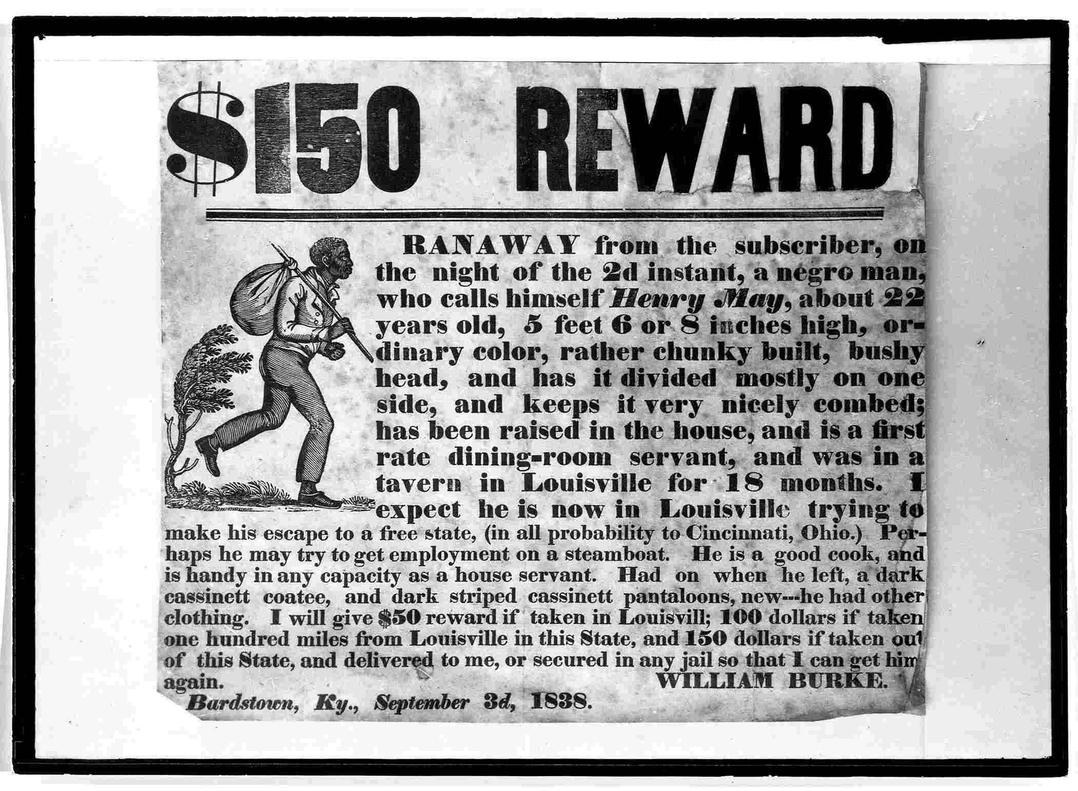
Overall, when faced with conflicting numbers:
- Older or more sensational figures may reflect early biographies or estimates.
- Recent research relies on sound primary evidence and tends to present more conservative but reliable numbers.
- Museums update exhibits at different times and use varying interpretative frameworks.
- Historical narratives balance factual evidence with Tubman’s symbolic legacy.
Those seeking robust information can explore dedicated national parks and visitor centers for Harriet Tubman. For example, sites in Auburn, New York, and Dorchester County, Maryland, provide detailed histories. The Harriet Tubman Underground Railroad State Park in Church Creek, Maryland, and the Harriet Tubman Underground Railroad Scenic Byway offer extensive interpretative materials. These locations use updated scholarship to educate visitors widely on her life.

Key takeaways:
- Historical records about Harriet Tubman vary due to incomplete, secretive documentation and evolving research.
- Museums select sources and present narratives differently, impacting reported statistics.
- Older figures like 300 rescued are from early biographies and may be exaggerated.
- More recent, evidence-backed counts estimate about 13 trips with around 70 people rescued.
- Some museums include military raid rescues, increasing total numbers presented.
- Exhibit updates and changing scholarship influence label content and accuracy.
- Visiting national parks and dedicated sites offers up-to-date, comprehensive information on Tubman’s legacy.
Why Did I Find Differing Statistics About Harriet Tubman from Multiple Museums?
Simple answer: because history isn’t a neat, agreed-upon list of facts, especially when the subject is someone as legendary and complex as Harriet Tubman. Differences in reported numbers and stories come from how museums choose sources, the changing nature of historical research, and the tricky task of balancing legend with documented facts. Curious? Let’s unpack why museums can’t seem to get their Harriet Tubman statistics on exactly the same page.
When you visit museums about Harriet Tubman, it’s not unusual to see varying stats about how many trips she made on the Underground Railroad or how many people she helped escape slavery. These numbers often differ, even between respected institutions like the Maryland State House and the National Museum of African American History and Culture (NMAAHC). Why?
Choosing Sources: The Curator’s Dilemma
Facts, it turns out, are tricky little creatures. Museum curators don’t just pick numbers out of thin air. Instead, they face tough choices on which sources to trust and how to tell a coherent story for visitors. Do they use the most recent research, the majority scholarly opinion, or the most thrilling tale? For Harriet Tubman, whose heroic acts were sometimes secretive and undocumented due to the illegal nature of her work, this decision gets even tougher.
Much of what we know about Tubman comes from personal letters, oral histories, and fragmented records rather than official logs. When people risk their lives to break laws defending human freedom, official records tend to vanish or never exist. This means historians and curators must weave together pieces from multiple recollections which can vary significantly. So, presenting a crystal-clear number often means interpreting and sometimes simplifying complex, sometimes conflicting accounts.
The Shifting Sands of Scholarship and Label Updates
History isn’t static, and museums know this well. Take Maryland’s State House label—it looks like it hasn’t changed in 20 years or more. Standards and styles for exhibitions evolve, and so does scholarship. New research can reveal more precise or more cautious information leading museums to update or rewrite displays.
The National Museum of African American History and Culture’s signage is newer. They rely on up-to-date research that shows a “accepted minimum” number of trips Tubman made, possibly leaving out higher figures that some researchers debate might be exaggerated. Meanwhile, older labels could reflect older scholarship that embraced higher counts without as much critical scrutiny.
Numbers: How Many Trips, How Many Rescued?
Let’s get to the juicy part: the numbers. Some museums or online sources say Harriet Tubman made about 13 trips, rescuing about 70 people. Others claim higher figures, including hundreds saved. Why the gap?
Maryland’s numbers align closely with trusted online resources such as History.com, AmericanHistoryCentral.com, and WomensHistory.org. These reputable sites offer consistent but sometimes slightly varying info, all within the same ballpark.
Interestingly, even Harriet Tubman’s famous biographer, Sarah Bradford, claimed Tubman freed 300 enslaved people. However, this figure is now regarded as an estimate—and possibly an exaggeration. Tubman herself reportedly said the number was much lower. So, who’s right?
The National Park Service confirms the lower, more conservative figures, stating Tubman “rescued about 70 people… during approximately 13 trips to Maryland.”
That said, the “hundreds” you see in some museums come from counting both the Underground Railroad trips and a significant raid Tubman led with the Union Army at the Combahee River in 1863, where around 750 enslaved people were freed.
Why So Many Different Figures? A Tubman Expert Explains
One expert clarified that Maryland’s latest label, installed around 2019–2020 alongside statues of Harriet Tubman and Frederick Douglass, reflects Tubman’s own estimates and thorough research from primary sources connected to Underground Railroad agents. It focuses on the part of her story connected directly to Maryland and the Underground Railroad trips—about 70 people in roughly 13 trips.
Other displays, like one at the National Museum, often incorporate the larger numbers linked to later military actions during the Civil War, mixing Tubman’s Underground Railroad heroics with her military contributions. This combination can inflate numbers but tells a fuller story of her impact.
And what about Bradford’s famous “300” figure? Turns out, she made that number up somewhat hastily after Tubman couldn’t recall exact stats. She wanted a headline-grabbing figure for her 1868 brief biography, “Scenes in the Life of Harriet Tubman.” It stuck around, even though evidence doesn’t fully support it.
One historian amusingly noted if Tubman really freed hundreds of people through repeated raids, with hefty rewards on her head, she’d likely have been captured. Yet, only a modest $100 bounty was ever posted, suggesting her rescue missions were smaller and more covert than some legends propose.
So, Which Numbers Should You Trust?
When numbers conflict and historians squabble, it’s usually safest to follow government-backed sources like the National Park Service and Maryland’s official records. These rely on documented evidence and cautious interpretation while acknowledging the possibility that Harriet Tubman may have done even more.
In short, both museums tell a true story but with different balances of fact and legend. One leans toward cautious, evidence-based figures, while the other embraces the broader heroic narrative, including military exploits.
Does this difference matter? Yes and no. It highlights the challenge of historical storytelling and reminds us to question and explore the sources behind the numbers. Harriet Tubman’s legacy isn’t just in stats; it’s in her courage and impact on history.
Want to Learn More About Harriet Tubman’s Life and Legacy?
If you’re hooked and want a deeper dive, several dedicated sites and parks can help expand your knowledge:
- Harriet Tubman National Historical Park in Auburn, New York.
- Harriet Tubman Underground Railroad National Historical Park in Dorchester County, Maryland.
- Harriet Tubman Underground Railroad State Park and Visitor Center in Church Creek, Maryland.
- Harriet Tubman Underground Railroad Scenic Byway and All American Road, featuring an ongoing expansion plan.
All of these spots include informative exhibits, walking tours, and events that present Tubman’s story from multiple angles, helping to understand her life within its full historical complexity.
Wrapping Up: History Is Messy—But That’s What Makes It Fascinating
Finding differing statistics about Harriet Tubman is expected, given the challenges with sources, shifting historical research, and the way stories grow in legend over time. Museums must balance delivering engaging stories with truthful accounts, and sometimes that balance shifts. So next time you spot different numbers, remember: history is a vibrant mosaic, not a simple spreadsheet.
Does learning about how museums handle Harriet Tubman’s story change the way you view history? What do you think about the tension between legend and facts? Share your thoughts, and maybe next time you visit a museum, you’ll see the exhibits in a whole new light.
Why do museums report different numbers of trips Harriet Tubman made on the Underground Railroad?
Museums rely on different sources and standards of evidence. Some use the lowest confirmed numbers, others pick higher, less certain figures. Tubman’s activities were secretive, so records vary, and curators must choose which to highlight.
How do scholars explain the claim that Harriet Tubman rescued 300 people?
This number comes from Sarah Bradford’s 1868 biography, where she estimated the total because Tubman could not recall. Later research shows this figure is likely exaggerated and not supported by strong evidence.
Why does the National Museum reference “hundreds” rescued while Maryland’s museum says about 70?
The National Museum includes people rescued during a Union Army raid Tubman led. Maryland’s figure focuses on her trips to Maryland alone. Different scopes produce different totals.
Can I trust the statistics about Harriet Tubman from online sources?
Online sources like History.com and WomensHistory.org usually match the Maryland museum’s numbers but minor discrepancies appear. It’s best to view numbers as estimates shaped by historical evidence and interpretation.
What causes museum labels about Harriet Tubman to change over time?
New research and updated scholarship lead museums to revise their labels. Older exhibits might use past figures, while newer ones reflect current understanding and recent findings about Tubman’s missions.
